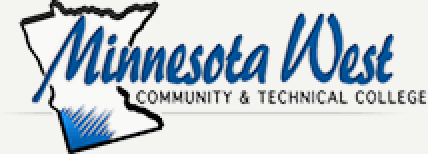PHRM 1105 Pharmacy Principles and Practices II
PHRM 1105: Pharmacy Principles and Practices II
Description
Pharmacy Principles and Practices II demonstrates the preparation of retail and institutional pharmacy practices. Perform advanced procedures including Intravenous (IV) drug admixture, total parenteral nutrition (TPN) and critical care IV admixture. Students will learn and demonstrate understanding of various billing systems as well as the universal medical coding system which uses numerical codes to classify medical conditions and treatments. Apply personal safety and hygiene related to pharmacy practices will be covered. Students will demonstrate knowledge and skill in filling prescriptions in a lab setting and develop communication skills associated with pharmacy technicians.
Credits
5
Prerequisite
PHRM 1100
Corequisite
None
Topics to be Covered
1. The advanced concepts of pharmacy procedures and practices.
Learning Outcomes
1. Demonstrate proper hygiene, safety protocol and equipment used in the preparation of sterile products and medications.
2. Follow policies and procedures for infection control.
3. Interpret medication orders, prepare labeling, calculate quantities of ingredients, patient dosages and flow rates.
4. Define and demonstrate understanding of milliequivalents (mEq), milimoles (mM), osmosis, electrolytes, symbols, and atomic weight relationships.
5. Utilize apothecary and metric systems for calculating and preparing prescriptions.
6. Discuss legal and regulatory guidelines associated with the preparation of intravenous products and sterile admixtures.
7. Discuss potential conflicts associated with pharmacy management and supervision including critical thinking and problem solving techniques.
8. Discuss and explain the principles of change management.
9. Identify sources of stress related to the pharmacy setting and describe stress management techniques that are utilized to relieve this stress.
10. Discuss the professional communication skills necessary for conflict resolution.
11. Describe the interaction between the pharmacy, insurance companies and doctors as it relates to the universal medical coding system.
12. Demonstrate professional communication skills necessary to interact with patients and the various healthcare teams.
13. Utilize pharmacy management software in a laboratory setting.
14. Demonstrate various operations of the pharmacy settings.
15. Explain the processes of prescription adjudication.
16. Demonstrate methods of prescription verification.
17. Locate generic names, brand names and medication indicators in pharmacy references.
18. Review pharmacy reference materials, formulary lists, and reports on investigational medications.
19. Assemble prescription files accurately.
20. Describe the pharmacy floor stock system for controlled drugs, non-controlled drugs, chemicals and over-the-counter medications.
21. Explain storage requirements for different medications.
22. Describe various distribution medication systems.
23. Describe policies and procedures for the distribution of controlled substances.
24. Describe the retail area of the pharmacy and how over-the-counter medications are organized.
25. Describe the process of maintaining inventory and ordering supplies.
26. Describe quality assurance methods.
Credit Details
Lecture: 2
Lab: 3
OJT: 0
MnTC Goal Area(s): None
